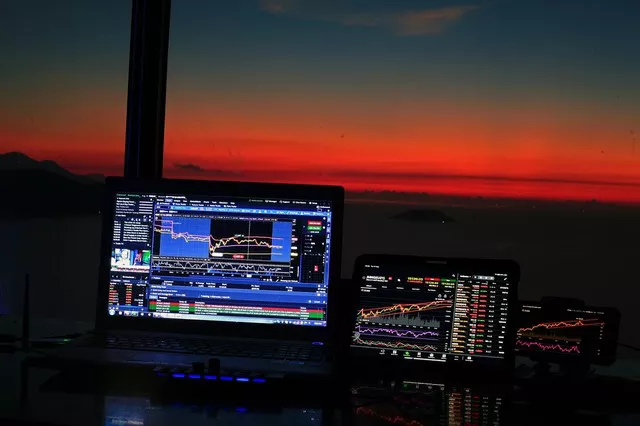Futures contracts are financial instruments that allow traders to buy or sell an underlying asset at a predetermined price and date. Futures contracts are standardized for quality and quantity to facilitate trading on a futures exchange.
In this article, we will provide a step-by-step guide on how to calculate futures contract size.
Understanding Futures Contracts
Before we dive into the calculation of futures contract size, it is essential to understand what futures contracts are and how they work. A futures contract is a legal agreement between two parties to buy or sell a particular commodity asset, or security at a predetermined price at a specified time in the future.
Futures contracts are traded on futures exchanges, and the price of a futures contract is determined by the market forces of supply and demand.Futures contracts are standardized for quality and quantity to facilitate trading on a futures exchange. The standardization of futures contracts makes it easier for traders to buy and sell futures contracts without worrying about the quality or quantity of the underlying asset.
Calculating Futures Contract Size
The calculation of futures contract size is an essential aspect of futures trading. Futures contract size refers to the number of units of the underlying asset that a futures contract represents. The contract size varies depending on the underlying asset, and it is essential to calculate the contract size correctly to manage risk effectively.
Step 1: Determine the Underlying Asset
The first step in calculating futures contract size is to determine the underlying asset. Futures contracts can be traded on a wide range of underlying assets, including commodities, currencies, and financial instruments.
Step 2: Determine the Contract Multiplier
The contract multiplier is the number of units of the underlying asset that a futures contract represents. The contract multiplier varies depending on the underlying asset and the futures exchange on which the contract is traded. For example, the contract multiplier for the E-mini S&P 500 futures contract is $50.
Step 3: Determine the Tick Size
The tick size is the minimum price movement of a futures contract. The tick size varies depending on the underlying asset and the futures exchange on which the contract is traded. For example, the tick size for the E-mini S&P 500 futures contract is 0.25 index points, which is equivalent to $12.50 per contract.
Step 4: Determine the Contract Size
The contract size is calculated by multiplying the contract multiplier by the tick size. For example, the contract size for the E-mini S&P 500 futures contract is calculated as follows:
Contract Size = Contract Multiplier x Tick Size
Contract Size = $50 x 0.25 index points
Contract Size = $12.50 per contract
Step 5: Determine the Position Size
The position size is the number of contracts that a trader holds. The position size is calculated by dividing the total value of the trade by the contract size. For example, if a trader wants to buy $100,000 worth of E-mini S&P 500 futures contracts, the position size would be calculated as follows:
Position Size = Total Value of Trade / Contract Size
Position Size = $100,000 / $12.50 per contract
Position Size = 8,000 contracts
Risk Management in Futures Trading
Risk management is a crucial aspect of futures trading. Futures contracts are highly leveraged, which means that traders can take advantage of far greater leverage than the underlying assets in many cases. This can increase the risk of significant gains or losses, and traders can face margin calls that magnify losses.
Futures trading is considered by many to be riskier than equity trading because of the leverage involved in futures trading. Futures traders are exposed to price risk in the market, and the additional risk comes from the nature and process of how futures contracts are traded.
Commodity investments might offer leverage, which can amplify the risk of significant gains or losses. Sophisticated investors might also trade commodity futures, hoping to profit from changes in the price of a futures contract and never owning a contract when it comes due so they don’t have to deal in the physical commodity.
To handle the additional leverage wisely, futures traders have to practice superior money management by using prudent stop-loss orders to limit their losses and diversifying their portfolio to reduce risk.
Conclusion
Calculating futures contract size is an essential aspect of futures trading. Futures contract size refers to the number of units of the underlying asset that a futures contract represents. The contract size varies depending on the underlying asset, and it is essential to calculate the contract size correctly to manage risk effectively. By following the step-by-step guide outlined in this article, traders can calculate futures contract size accurately and make informed trading decisions.
In conclusion, futures trading is a high-risk investment that requires proper risk management. Traders must be aware of the unique risks that futures trading brings with it and take steps to minimize their exposure to them. By practicing superior money management and diversifying their portfolio, traders can reduce their risk and make informed trading decisions

